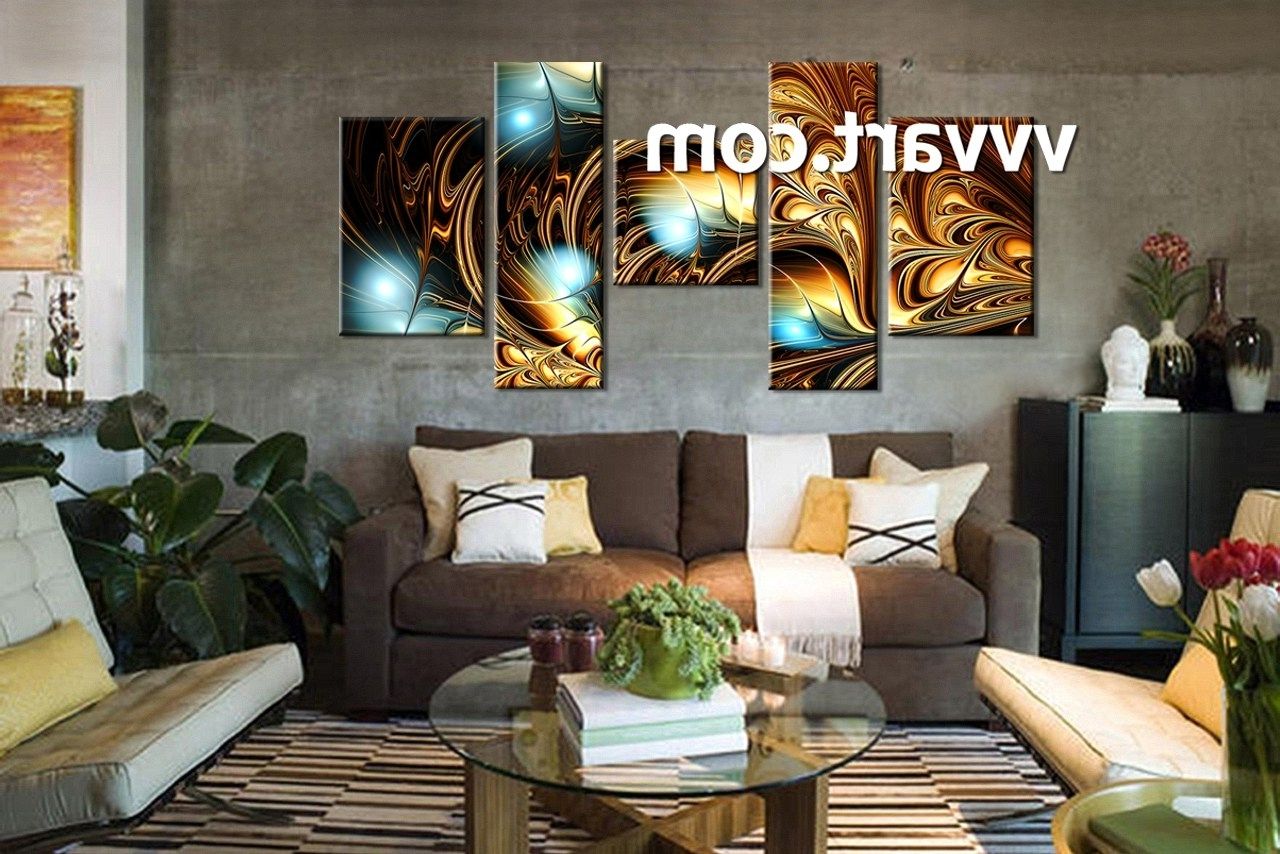Artistic Styles and Techniques

Abstract wall art for living room – Abstract art offers a wide array of styles and techniques, allowing you to find the perfect piece to complement your living room’s décor. From geometric precision to organic fluidity, each style brings its unique aesthetic to the space.
Abstract wall art can transform a living room into a captivating space, adding depth and personality to its decor. For those seeking a more expansive visual impact, big wall art for living room offers a bold statement that commands attention.
Whether abstract or figurative, large-scale artwork creates a focal point, anchoring the room and elevating its overall aesthetic. Returning to abstract wall art for living room, its fluid forms and vibrant hues evoke emotions and stimulate the imagination, making it a perfect choice for creating a unique and inspiring living space.
Techniques used in abstract wall art vary greatly, contributing to the diversity of the genre. Brushstrokes can range from bold and expressive to delicate and nuanced, while color blending creates vibrant or subtle transitions. Layering, a technique involving the application of multiple layers of paint, adds depth and texture to the artwork.
Geometric Abstraction
Geometric abstraction emphasizes the use of geometric shapes, lines, and angles to create a sense of order and structure. Artists like Piet Mondrian and Wassily Kandinsky are known for their geometric compositions, which often explore the interplay of primary colors and simple forms.
When it comes to abstract wall art for the living room, it’s all about creating a statement piece that reflects your personal style. Whether you prefer bold and vibrant colors or subtle and neutral tones, there’s an abstract wall art piece out there to suit your taste.
And if you’re looking for a way to create a more minimalist bedroom, abstract wall art can also be a great way to add a touch of personality without overwhelming the space. Check out this guide to creating a minimalist bedroom for more inspiration.
When choosing abstract wall art for your living room, it’s important to consider the size and scale of the piece in relation to the room itself. You don’t want a piece that’s too small or too large for the space, so take some time to measure the wall before you start shopping.
Organic Abstraction
Organic abstraction, in contrast, draws inspiration from natural forms and textures. Artists like Joan Miró and Jackson Pollock create works that evoke landscapes, plants, and other organic elements. Brushstrokes are often fluid and gestural, resulting in a sense of movement and spontaneity.
Mixed Media Abstraction, Abstract wall art for living room
Mixed media abstraction combines elements from different artistic mediums, such as painting, collage, and sculpture. Artists like Robert Rauschenberg and Jasper Johns use found objects, photographs, and other materials to create unique and thought-provoking works. Mixed media abstraction often challenges traditional notions of art and explores the boundaries of creativity.
Color and Composition

The colors and composition of an abstract wall art piece can have a significant impact on the mood and ambiance of a living room. Color theory can be used to create specific effects, such as making a room feel more inviting or energizing. The principles of composition can be used to create a sense of balance, contrast, and focal points, which can draw the eye to certain areas of the room.
Color Theory
Color theory is the study of how colors interact with each other. It can be used to create specific effects, such as making a room feel more inviting or energizing. For example, warm colors, such as red, orange, and yellow, can create a feeling of warmth and energy, while cool colors, such as blue, green, and purple, can create a feeling of calmness and serenity.
When choosing colors for an abstract wall art piece, it is important to consider the overall mood and ambiance that you want to create in the room. If you want to create a feeling of warmth and energy, you might choose to use warm colors. If you want to create a feeling of calmness and serenity, you might choose to use cool colors.
Composition
The principles of composition can be used to create a sense of balance, contrast, and focal points in an abstract wall art piece. Balance is the distribution of visual weight in a composition. Contrast is the difference between two or more elements in a composition. Focal points are the areas of a composition that draw the eye.
When creating an abstract wall art piece, it is important to consider the principles of composition. By using these principles, you can create a piece that is visually appealing and that draws the eye to the desired areas of the room.
Size and Placement: Abstract Wall Art For Living Room

The size and placement of abstract wall art in your living room can significantly impact the overall aesthetic. Consider the following guidelines:
Size:
- For small living rooms, choose art that is 24-36 inches wide.
- For medium-sized living rooms, opt for art that is 36-48 inches wide.
- For large living rooms, you can choose art that is 48-60 inches wide or larger.
Placement:
- Consider the furniture arrangement. Place the art above the sofa or couch, ensuring it is centered and balanced.
- Hang the art at eye level, typically 57-60 inches from the floor.
- Take into account the wall height. For walls that are 8-10 feet high, hang the art slightly lower than eye level.
- Natural light can enhance the impact of abstract art. Position the art where it will receive ample natural light, avoiding direct sunlight.